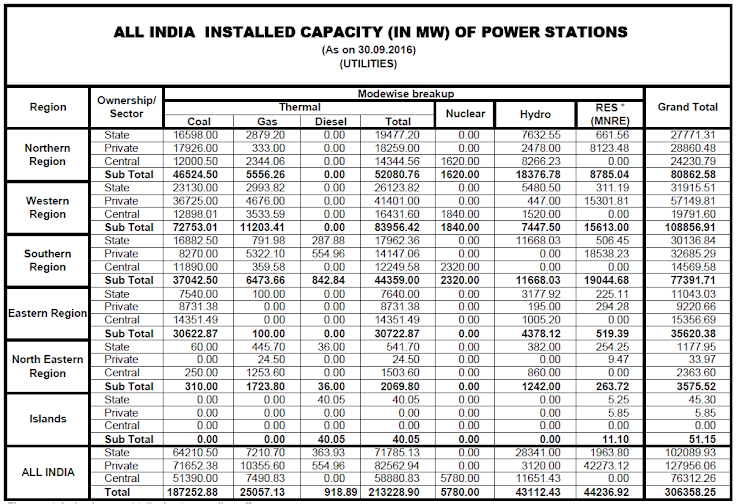 Come 2011, all thermal power projects and transmission systems will be awarded on competitive tariff bidding and trading in renewable energy certificate (REC) is set to start, India's power sector regulator said on Sunday.
Come 2011, all thermal power projects and transmission systems will be awarded on competitive tariff bidding and trading in renewable energy certificate (REC) is set to start, India's power sector regulator said on Sunday. "The ministry of power has agreed to the suggestion of competitive bidding for all thermal power projects to be set up in the country after January 2011 onwards. This will be applicable for all projects whose power purchase agreement (PPA) would be signed from next January onwards," Central Electricity Regulatory Commission (CERC) chairman Pramod Deo said.
Speaking to reporters on the sidelines of the All India Conference of Chairmen of Central and State Electricity Regulatory Commissions here, he said: "Public sector utilities like NTPC (National Thermal Power Corporation) have completed their PPA for their projects. The ministry of power has said it will not extend the deadline."
Deo said the process of trading in RECs will start in two months as registration has commenced with the Power System Operation Corporation Ltd (POSOCO). "The volume of RECs that would come up for trading is not possible to estimate," he added. The REC is classified into two categories - solar and non-solar - and will be issued to renewable energy generators. Power distribution and captive power companies can buy RECs to meet their green power norms.
On the issue of payment of transmission charges by Nuclear Power Corporation of India Ltd (NPCIL) for its Kudankulam power plant with effect from 2009 onwards when the plant is yet to start power generation, Deo said: "The same principle will be followed in the future. Where ever the transmission infrastructure is ready to evacuate power, the power generating company will have to pay the charges."

















